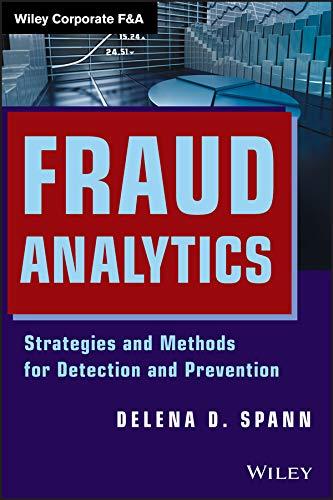Question
Q.1. Consider a situation, where (a) the equal-payment cash flow of $1,500 in constant dollars over ten years is converted from the (b) equal-payment cash
Q.1. Consider a situation, where (a) the equal-payment cash flow of $1,500 in constant dollars over ten years is converted from the (b) equal-payment cash flow in actual dollars over 10 years at an annual general inflation rate = 4% and i = 10%. What is the amount A in actual dollars equivalent to A' = $1,500 in constant dollars?
Q.2. A man is planning to retire in 20 years. He can deposit money for his retirement at 12% interest rate compounded monthly. It is estimated that the future general inflation (f) rate will be 4% compounded annually. What deposit must be made each month until the man retires (i.e., end of year 20 from now) so that he can make annual withdrawals of $20,000 in terms of today's dollars over the 15 years following his retirement? Assume that his first withdrawal occurs at the end of the first six months after his retirement.
Q.3. A father wants to save for his eight-year-old son's college expenses. The son will enter college 10 years from now. An annual amount of $30,000 in constant dollars will be required to support the son's college expenses for four years. Assume that these college payments will be made at the beginning of each school year. The future general inflation rate is estimated to be 5% per year, and the market interest rate on the savings account will average 10% compounded annually. (a) What is the amount of the son's freshman-year expense in terms of actual dollars? (b) What is the equivalent single-sum amount at the present time for these college expenses? (c) What is the equal amount, in actual dollars, the father must save each year until his son goes to college?
Q.4. Delaware Chemicals is considering the installation of a computer process control system in one of its processing plants. This plant is used for 3,000 operating hours per year, to produce a proprietary demulsification chemical. The annual production of the demulsification chemical amounts to 25,000 kilograms per year, and it sells for $10 per kilogram. The proposed computer process control system will cost $150,000 and is expected to provide specific benefits in the production of the demulsification chemical as follows: First, the selling price of the product could be increased by $2 per kilogram because the product would be of higher purity, which translates into better demulsification performance. Second, production volumes would increase by 5,000 kilograms per year as a result of higher reaction yields, without any increase in requirements for raw material quantities or production time. Finally, the number of process operators could be reduced by one per shift, which represents a savings of $10 per hour. The new control system would result in additional maintenance costs of $80,000 per year and has an expected useful life of eight years. a. Identify the cash inflows, outflows and determine the net cash flows over the life of the project. b. How long does it take to recover the investment? c. If the firm's interest rate is 15%, what would be the discounted-payback period for this project? d. Determine the net gain for the company from this project assuming an interest rate of 15%.
Q.5. A large food-processing corporation is considering using laser technology to speed up and eliminate waste in the potato-peeling process. To implement the system, the company anticipates needing to purchase the industrial-strength lasers. The system will save $1,000,000 per year in labor and materials. However, it will incur an additional operating and maintenance cost of $200,000 per year. The system is expected to have a 10-year service life and a salvage value of about $100,000. If the company's MARR is 15%, Determine the maximum price that the company should pay to purchase the industrial-strength lasers so that project is profitable.
Q.6. A bi-level mall is under construction. Installation of only 10 escalators is planned at the start although the ultimate design calls for 16. The question arises whether to provide necessary facilities that would permit the installation of the additional escalators (e.g., stair supports, wiring conduits, and motor foundations) at the mere cost of their purchase and installation now or to defer investment in these facilities until the escalators need to be installed. The two options are detailed as follows: Option 1: Provide these facilities now for all six future escalators at $250,000. Option 2: Defer the investment as needed. Installation of two more escalators is planned in three years, two more in seven years, and the last two in ten years. The installation of these facilities at the time they are required is estimated to cost $100,000 in year 3, $120,000 in year 7, and $140,000 in year 10. For both options, additional annual expenses are estimated at $2,000 for each escalator facility installed. Assume the company's MARR is 15%,
Step by Step Solution
There are 3 Steps involved in it
Step: 1

Get Instant Access to Expert-Tailored Solutions
See step-by-step solutions with expert insights and AI powered tools for academic success
Step: 2

Step: 3

Ace Your Homework with AI
Get the answers you need in no time with our AI-driven, step-by-step assistance
Get Started


